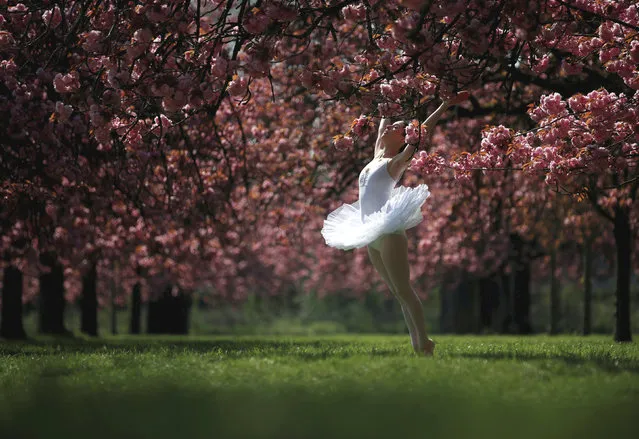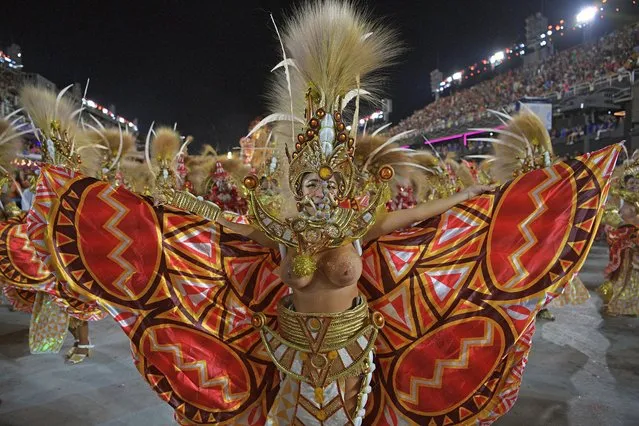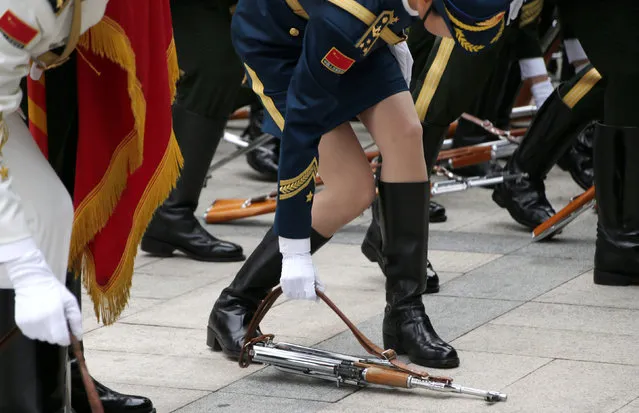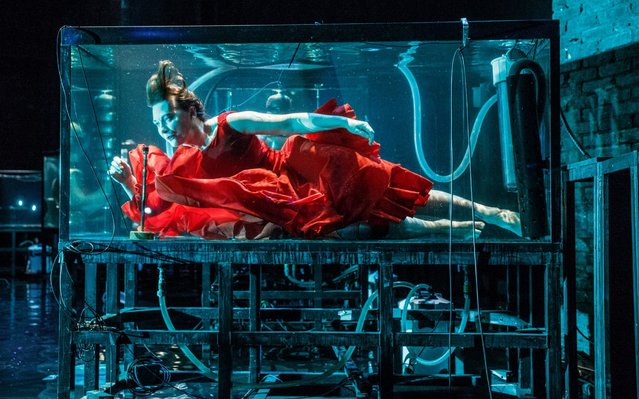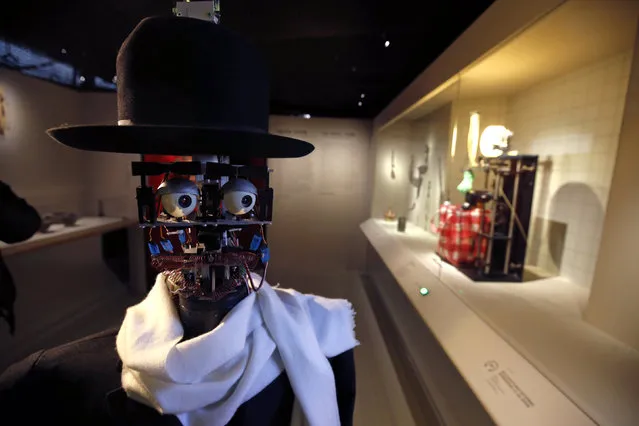
In this Thursday, May 16, 2013 file photo, Finland's Krista Siegfrids, second right, kisses a dancer as she performs her song “Marry Me” during the second semifinal of the Eurovision Song Contest at the Malmo Arena in Malmo, Sweden. That was the first girl-on-girl kiss in the history of the annual competition. Previously, organizers had sought to prevent similar embraces citing the competition's status as a family event. (Photo by Alastair Grant/AP Photo)
12 May 2016 13:42:00,post received
0 comments

